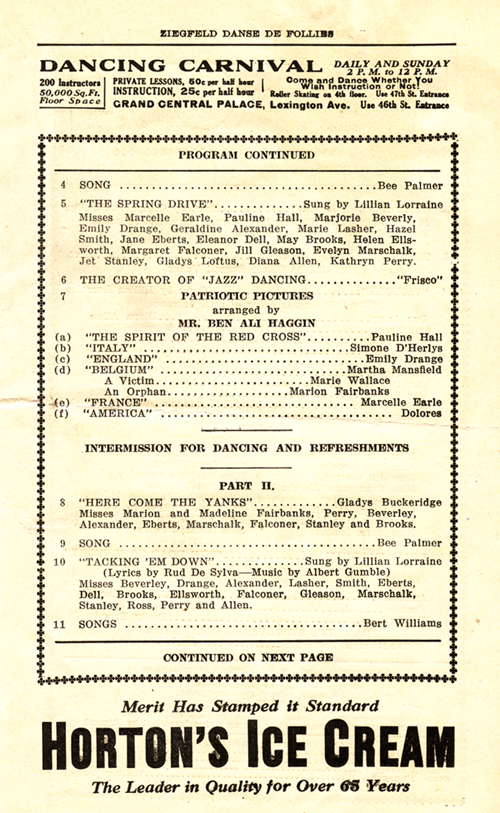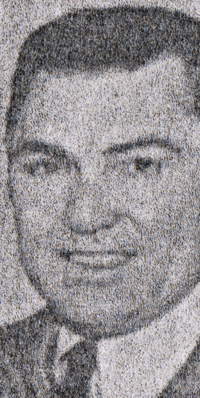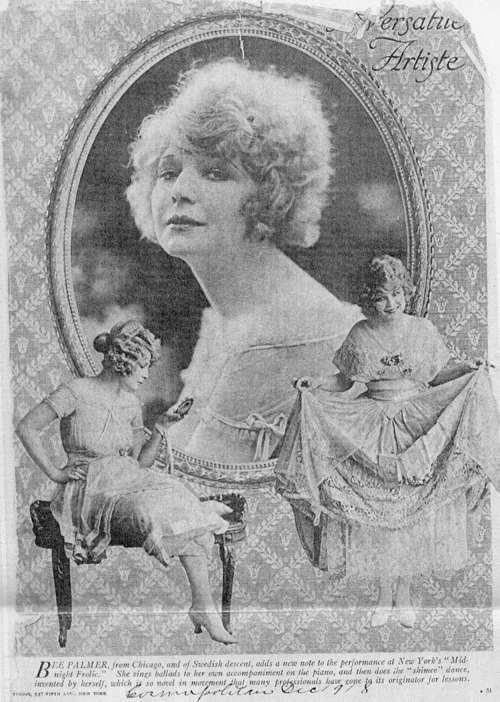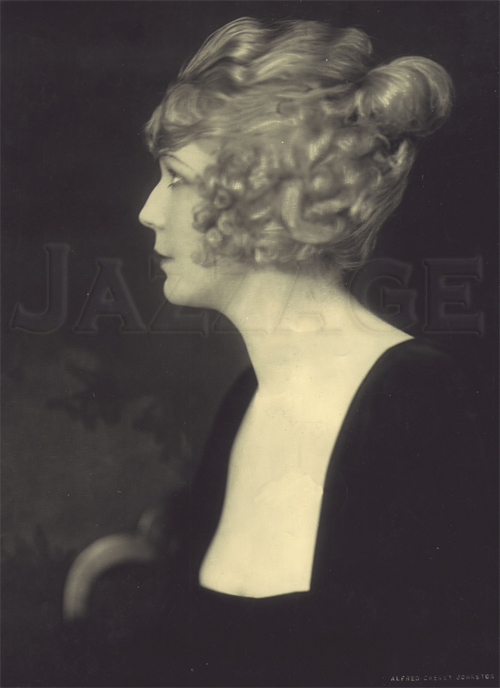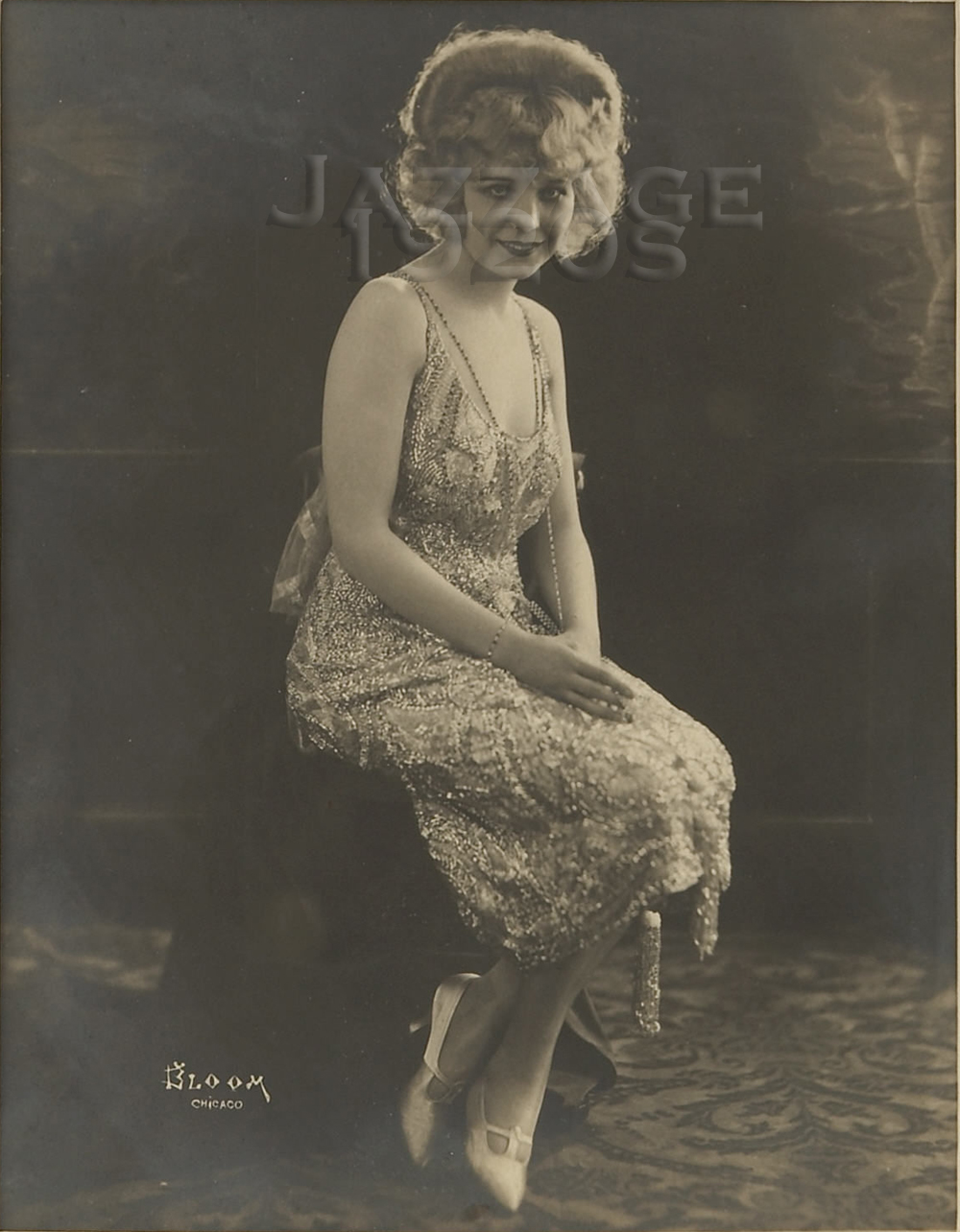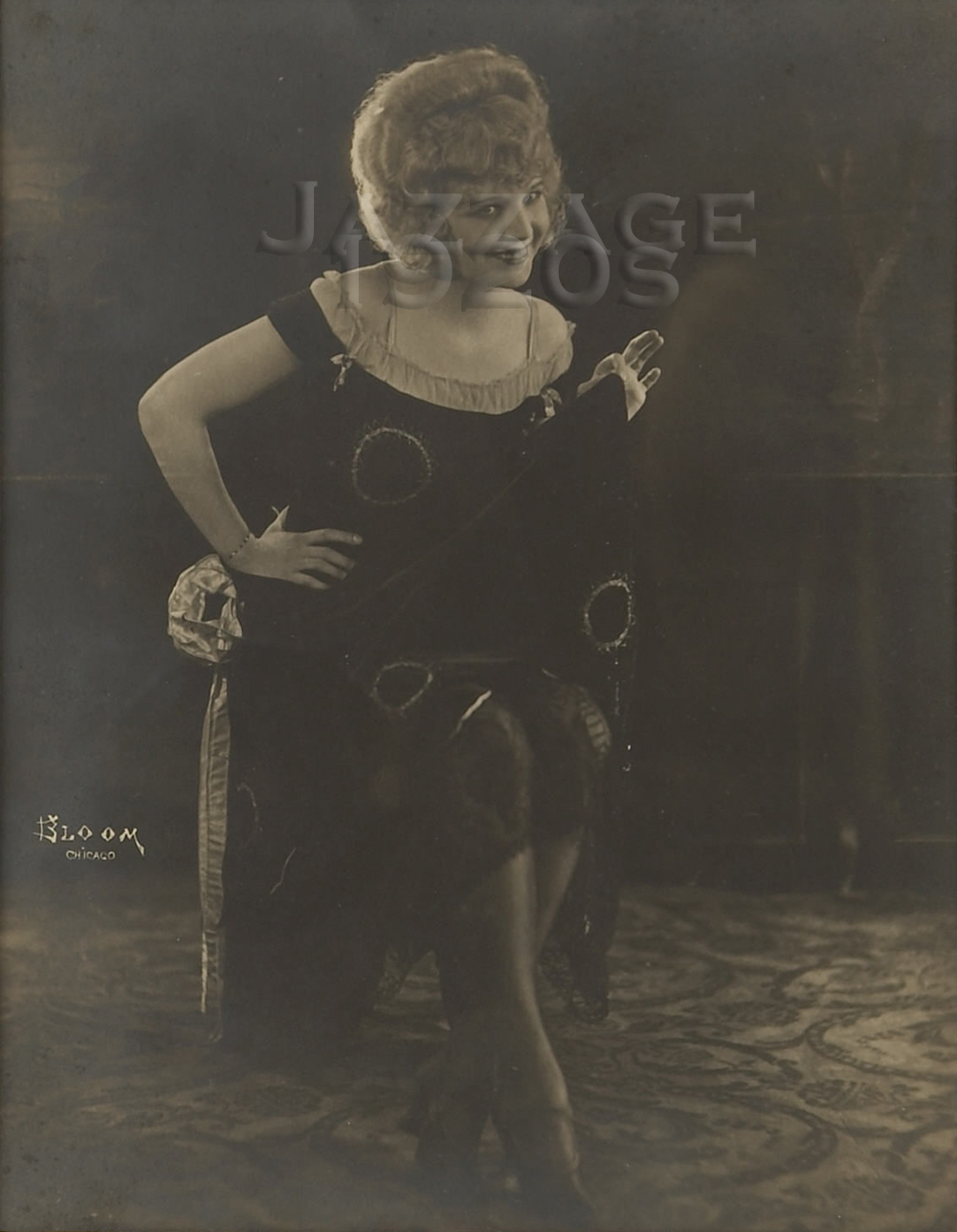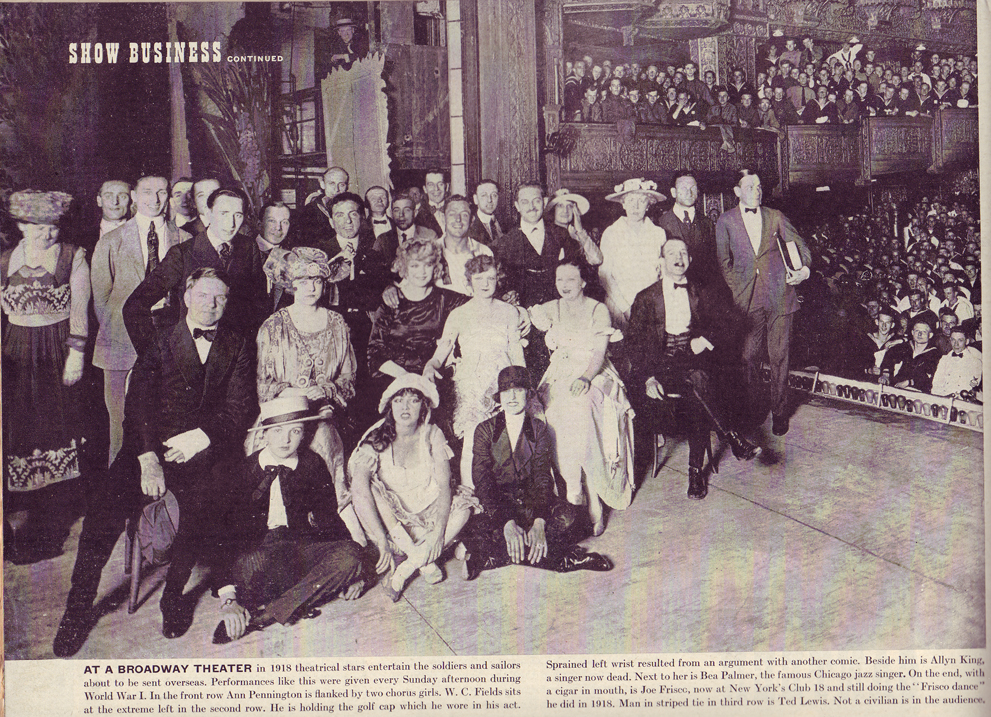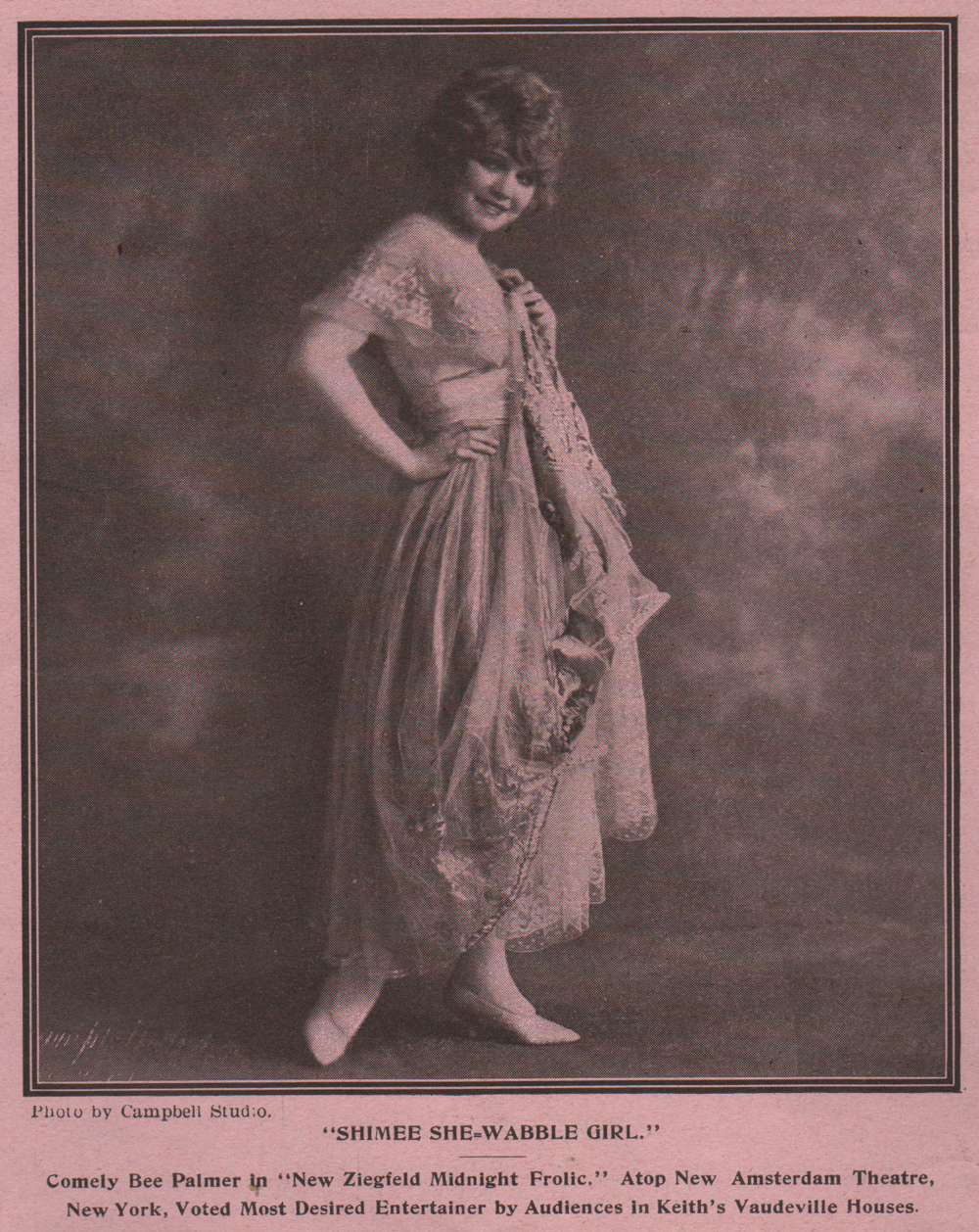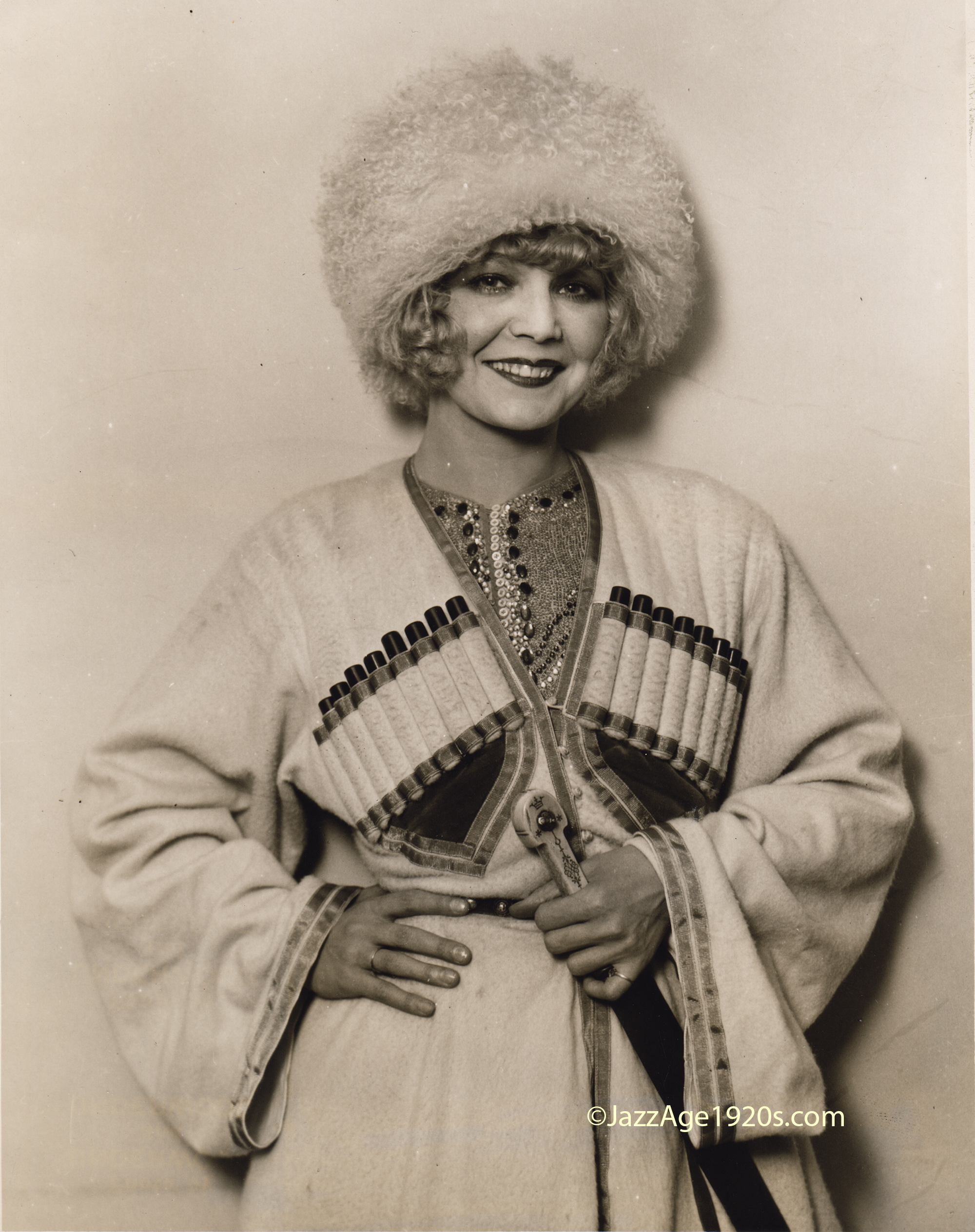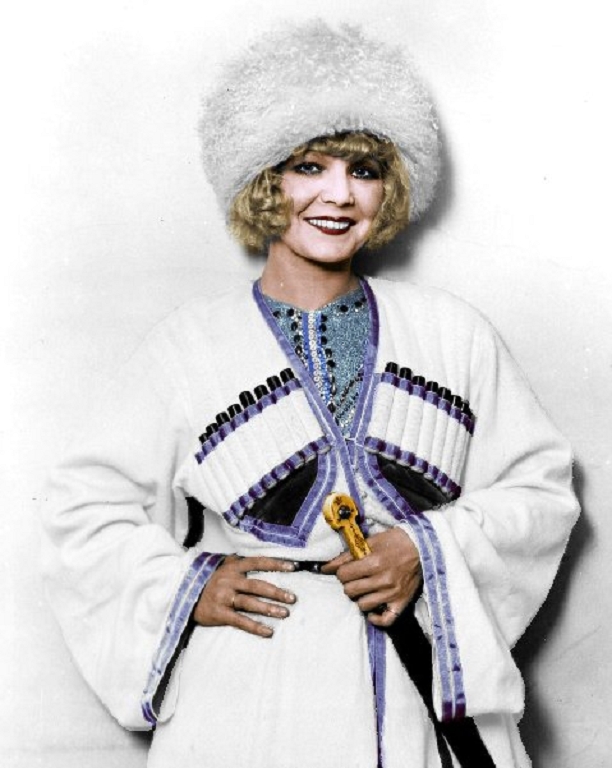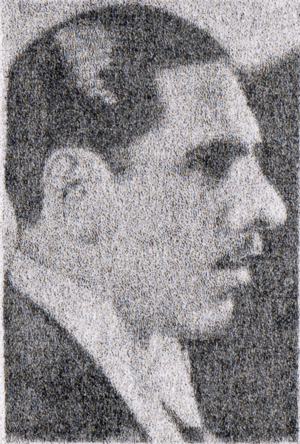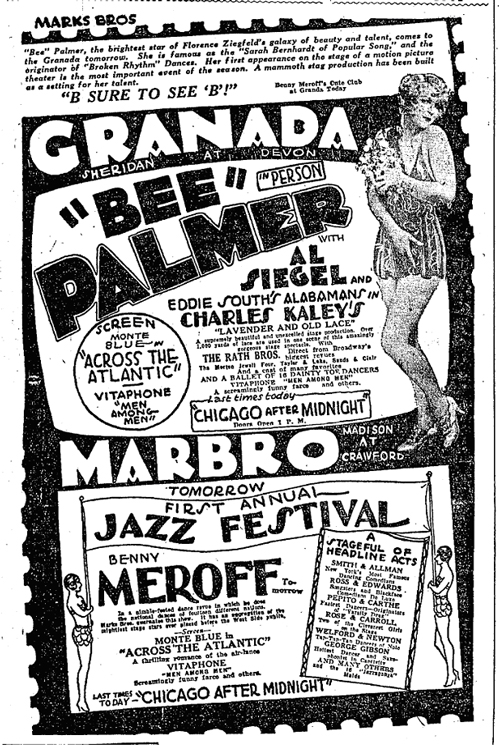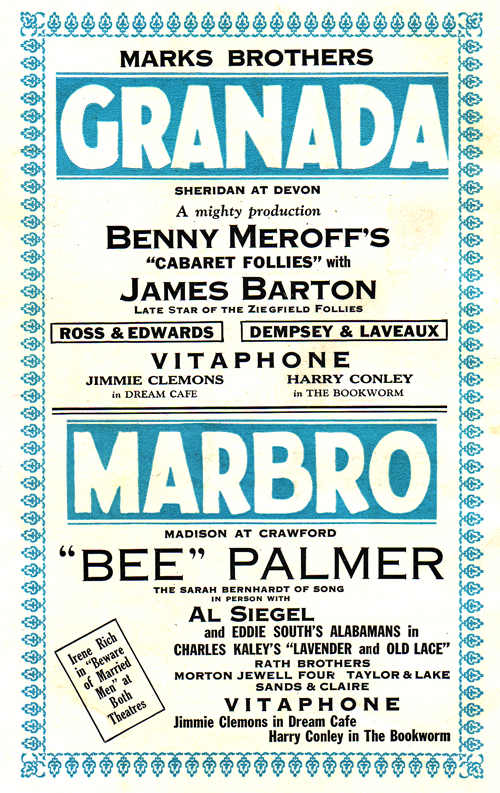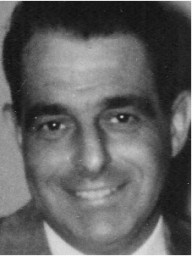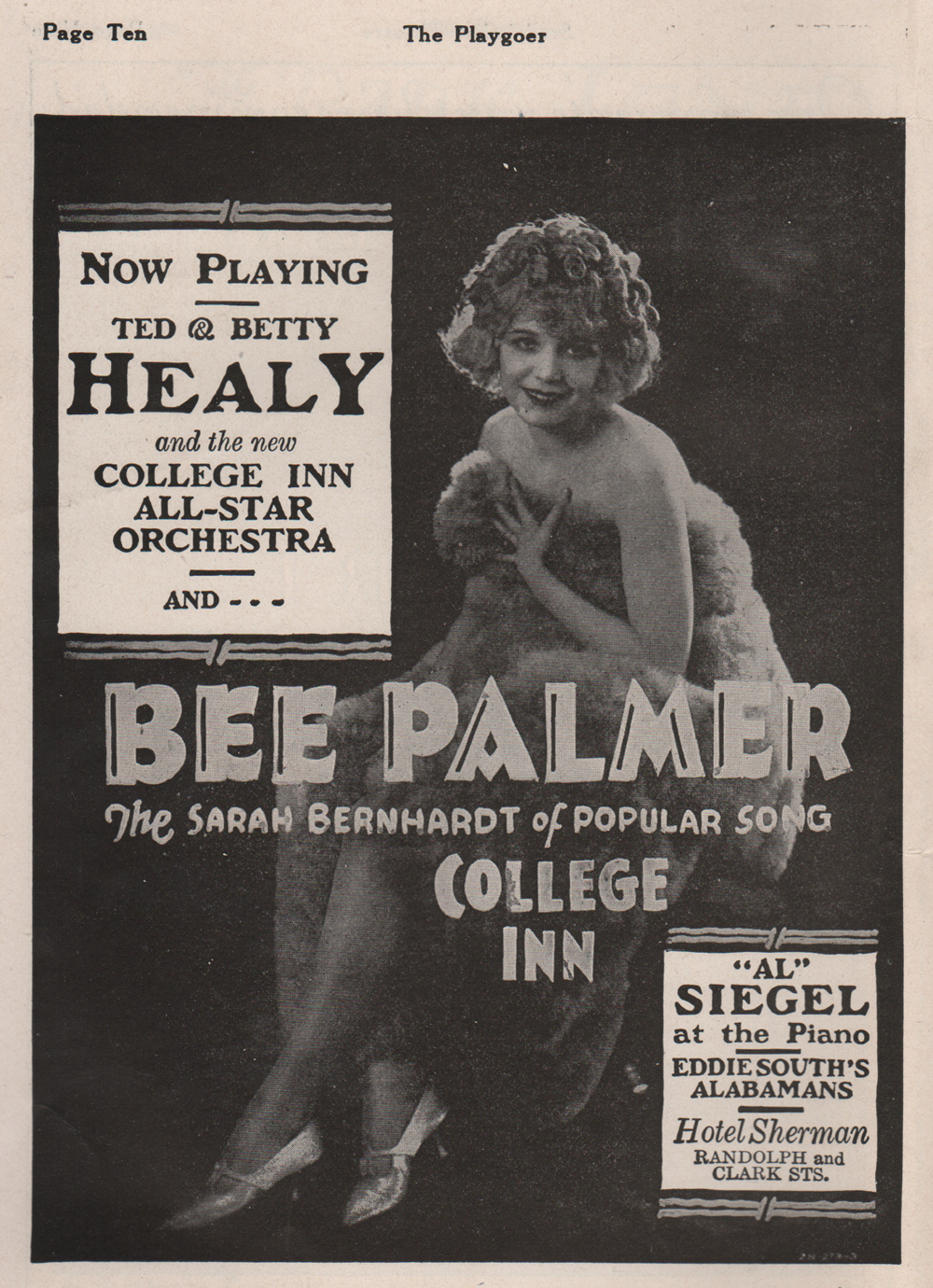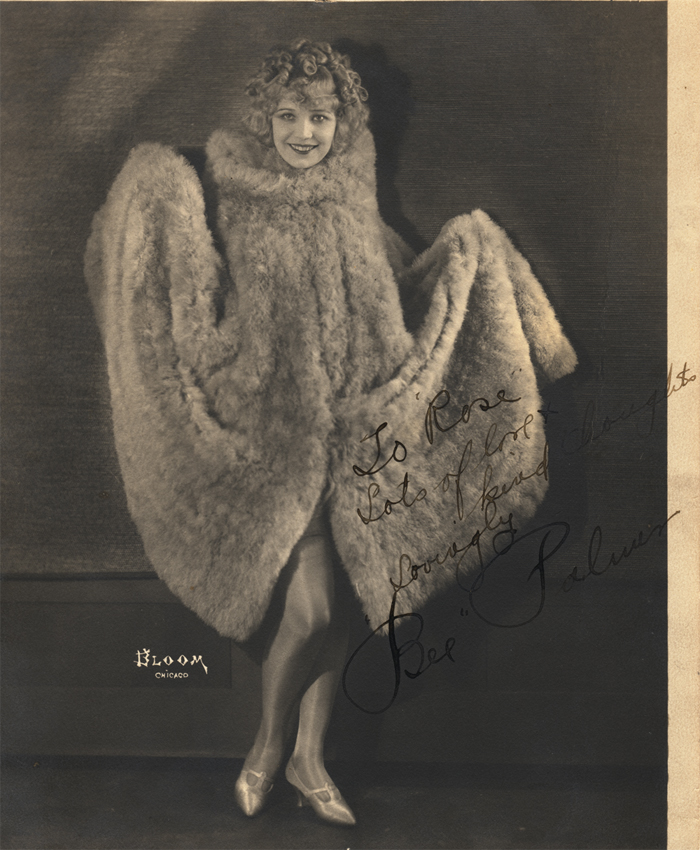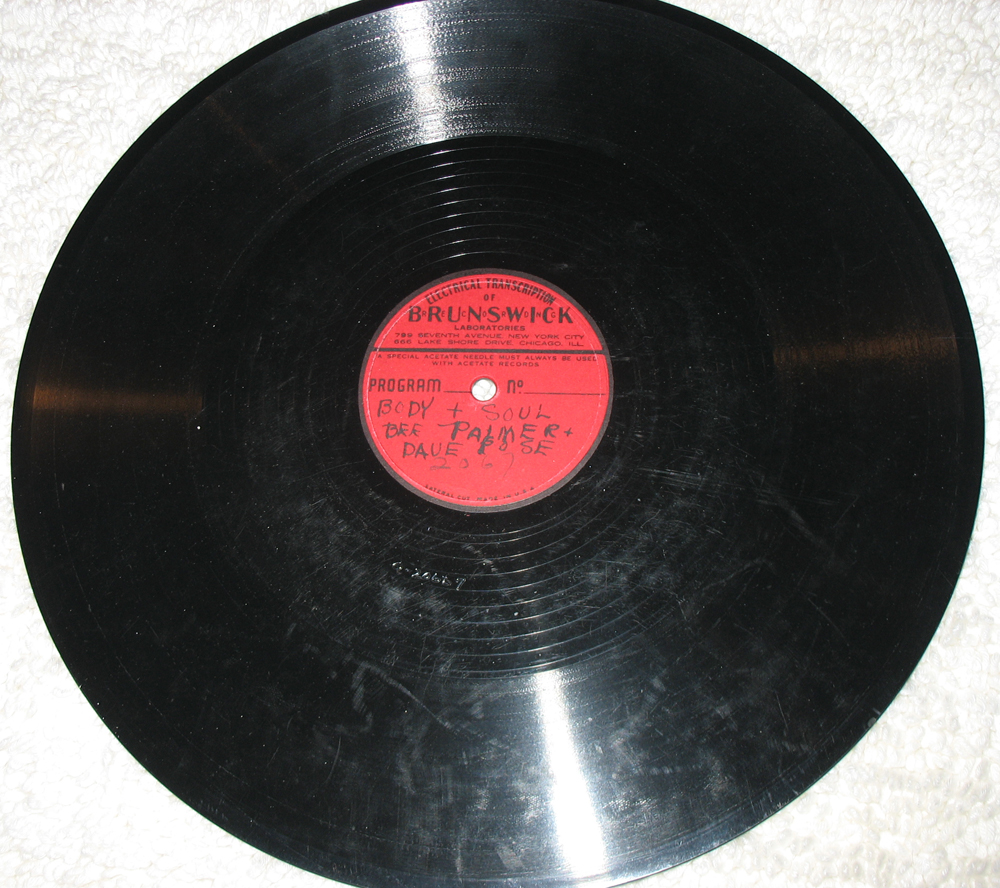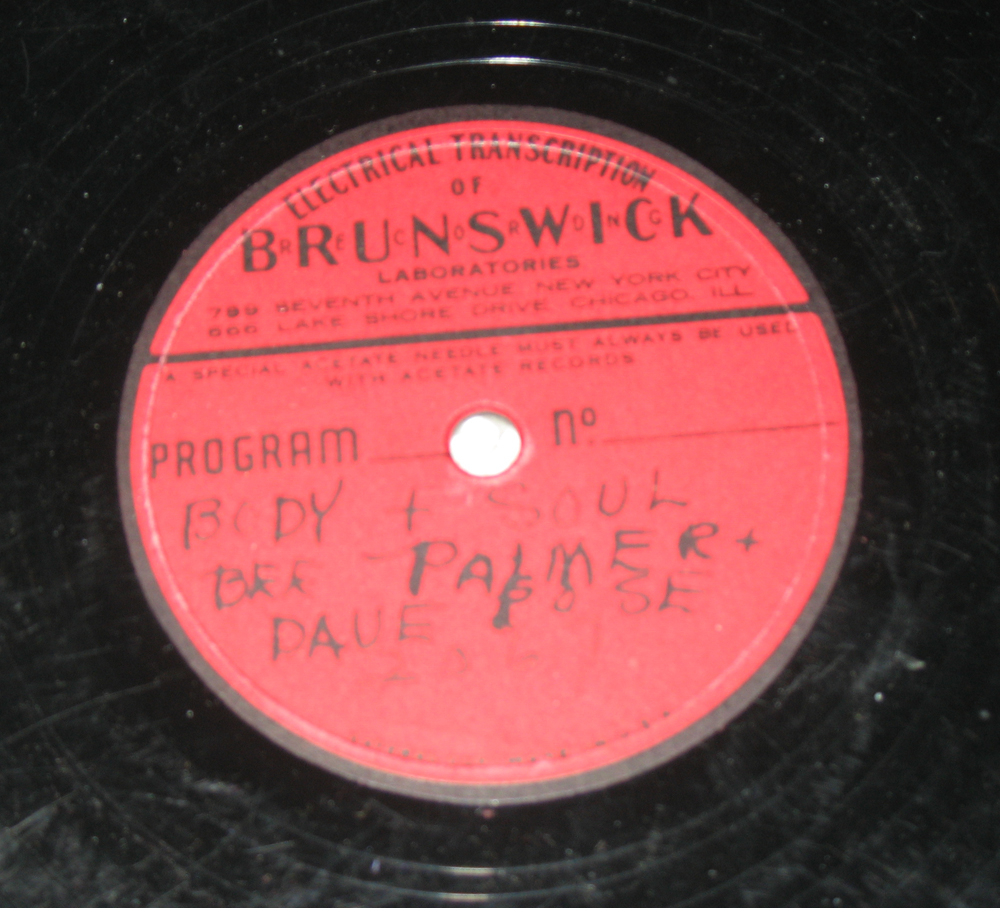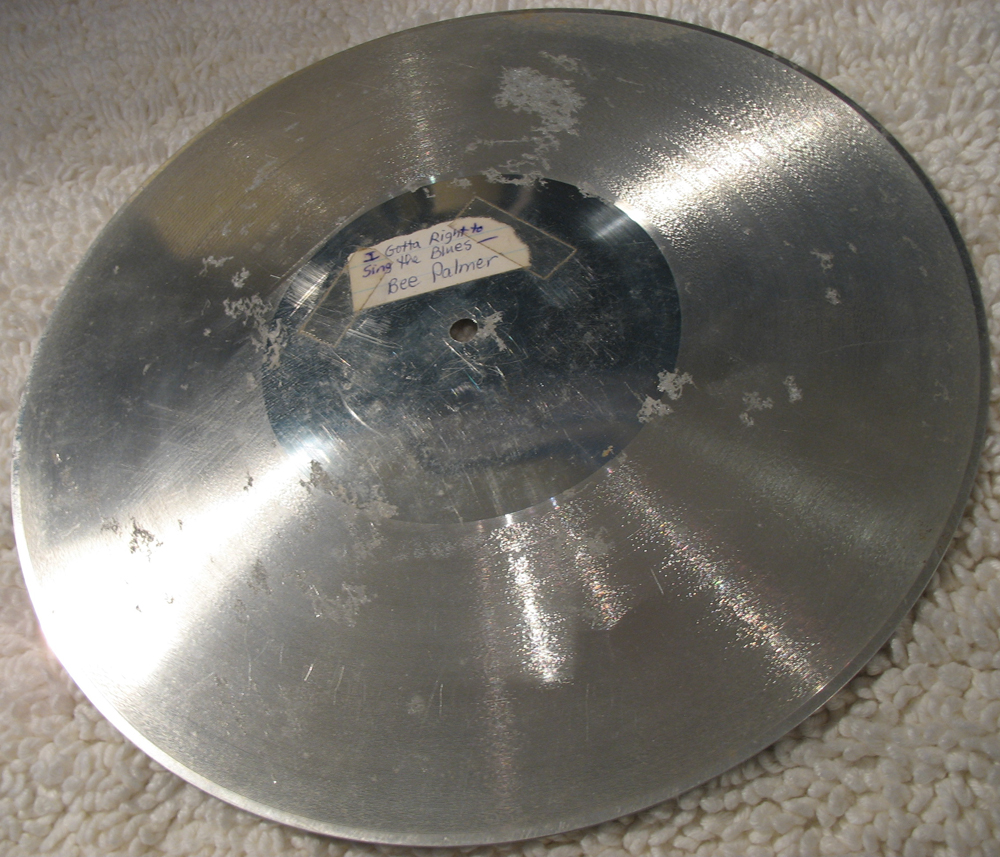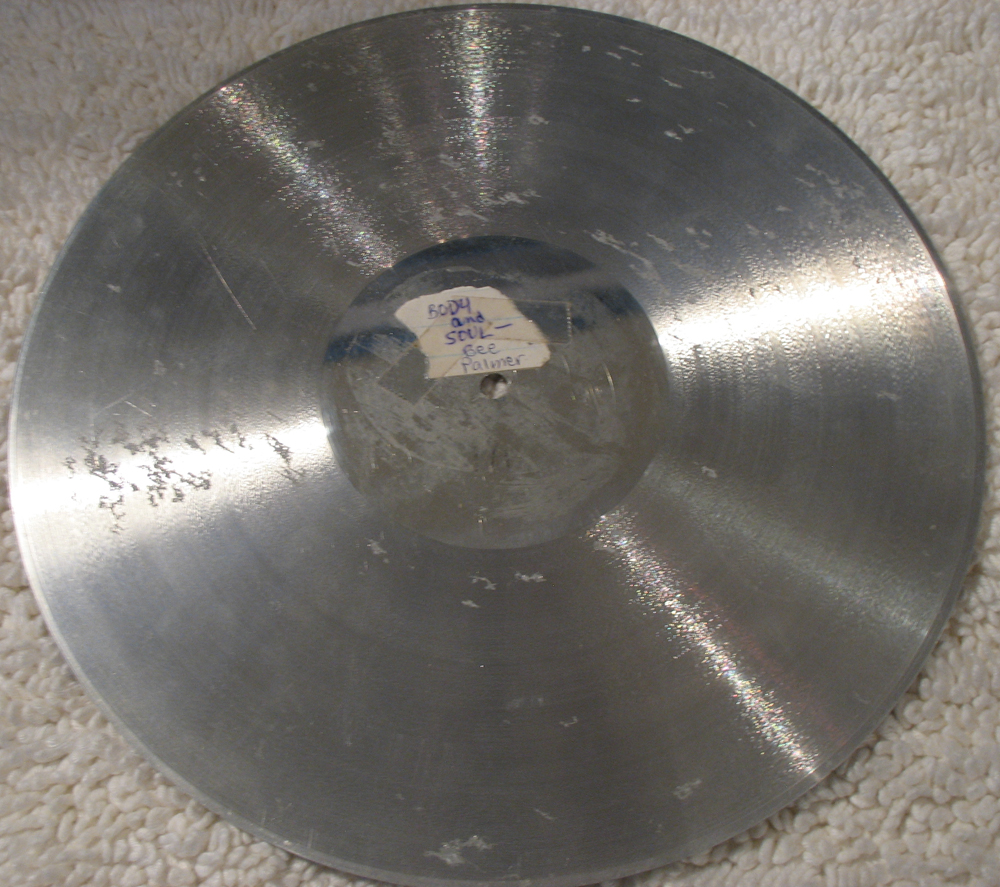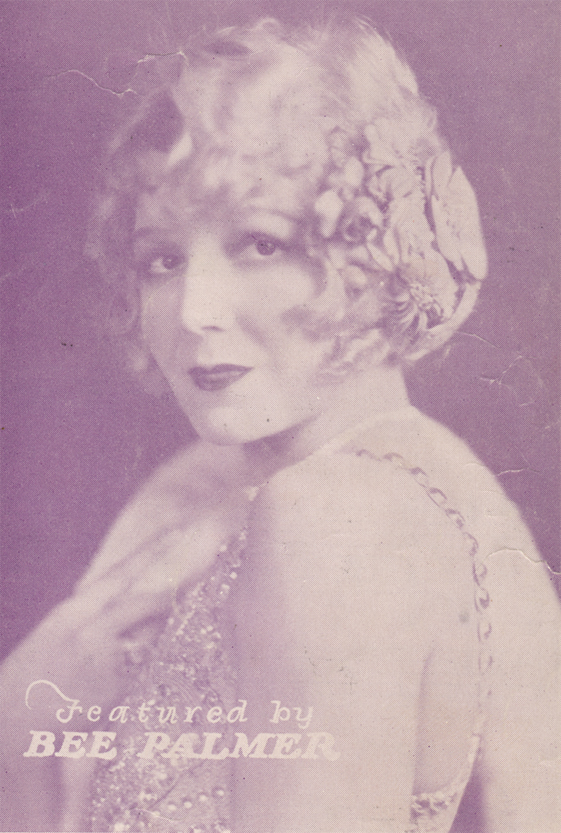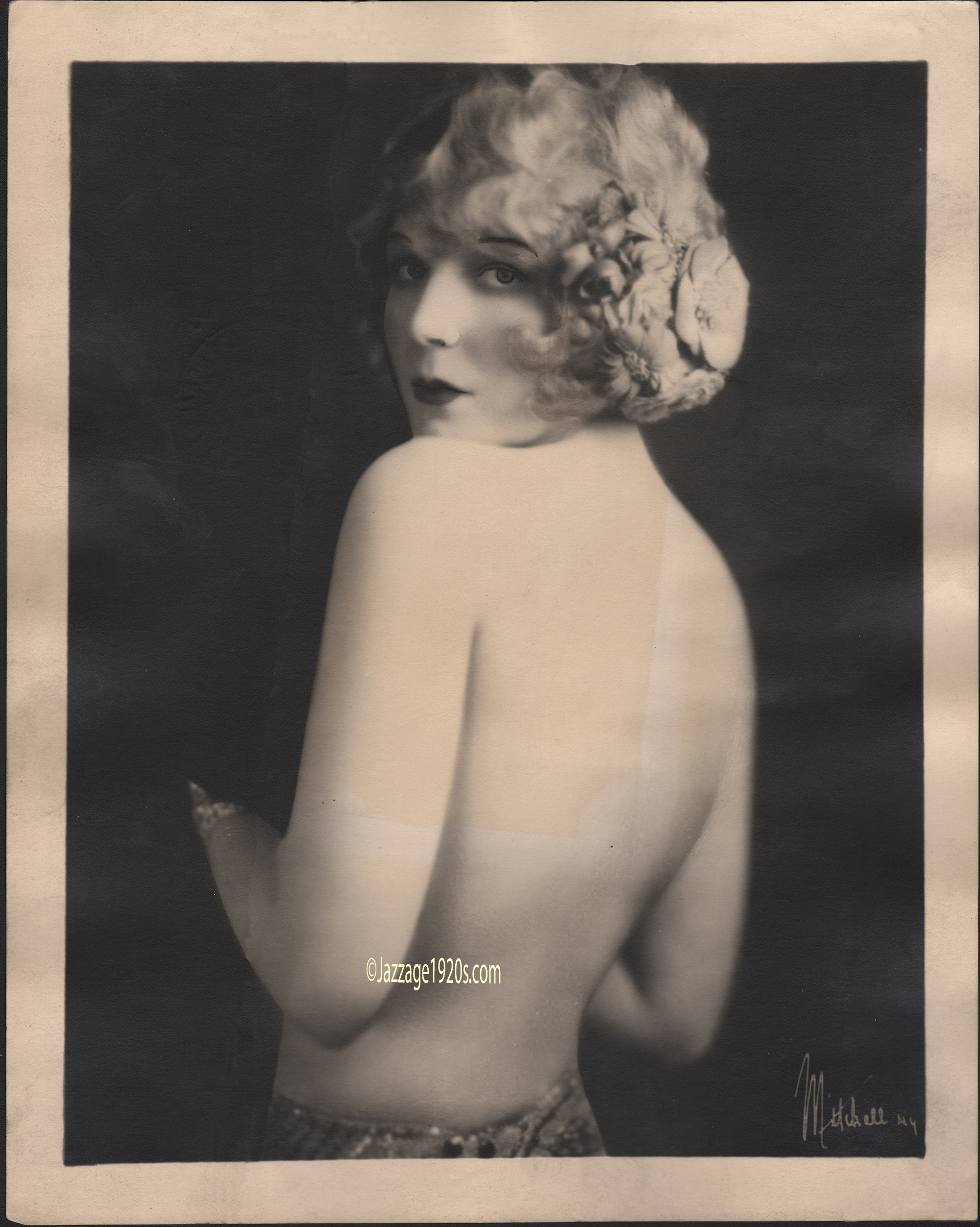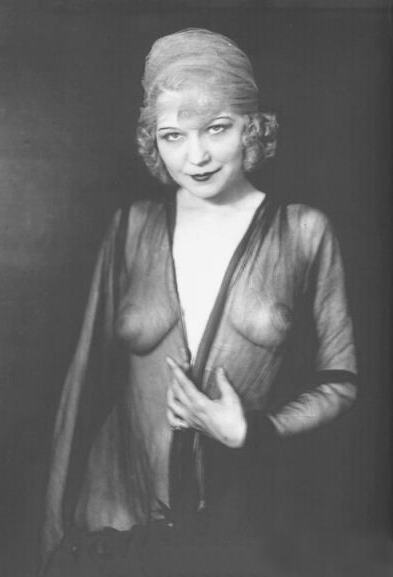Home
Convention City
Peggy English
Jane Green
Grey Gull Project
Marion Harris
Scrappy Lambert
Keller Sisters & Lynch
Ray Mayer & Edith Evans
Misc 1920’s
New 1920’s
1920’s Sheet Music
1930’s Vocalists
NJ Record Bash
Bee Palmer
Finding Bee Palmer
Pathé Rooster
Jack Pettis
Paul Specht AHO
Frances Sper
Aileen Stanley
Irene Taylor
Esther Walker
Margaret Young
Annette Hanshaw
Biography
Recordings
Sheet Music
Photos
Maxwell House Ads
Links
Brox Sisters
Photos
Recordings
Sheet Music
Movies
Bobbe Brox Obit
Cliff Edwards
Biography
Recordings
Movies
Books
Instruments
Sheet Music
Photos
Miscellaneous
Links
Ruth Etting
Recordings
Sheet Music
Movies
Photos
Jazz Age Links
Banjos
Dixieland Jazz
Search This Site
|
|
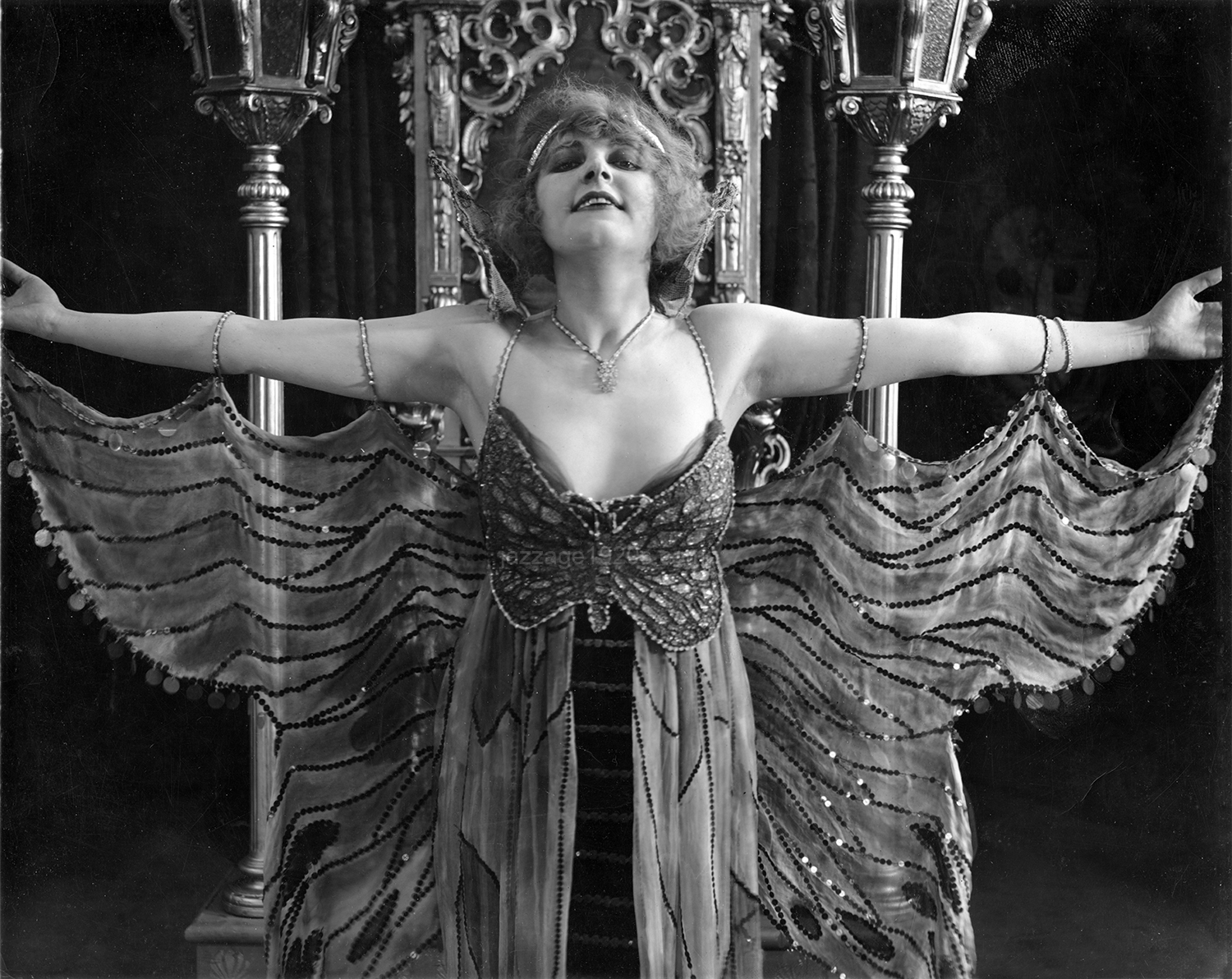
In the Jazz Age there were a few individuals who captured the quintessential essence of the era. One such person was Bee Palmer, musician, songstress, Ziegfeld Follies performer, dancer, and song writer who had an all-around beauty and naughtiness that made her a very popular act in the Roarin’ Twenties. Known as the Shimmy Queen early in her career, Bee went on be appear in many well-known bands of the era - the early New Orleans Rhythm Kings, and recording a session with Frank Trumbauer. Bee introduced and is sometimes credited as a writer of one of the most popular “leavin’” songs ever written: Please Don’t Talk about Me When I’m Gone (Sidney Clare, Sam H. Stept, and Bee Palmer, 1930 [ASCAP credits only Clare & Stept]).
Chicago Beginnings
Beatrice C. Palmer was born in Chicago September 11, 1894, the daughter of Swedish immigrant parents Charles and Anna Palmer. Bee had three other siblings - older brothers Gus M. and Carl Hugo, and younger sister Juliette M. Her father’s occupation is listed as shoemaker. Bee grew up on Chicago’s South Side and began performing in various clubs and bars in the area possibly as early as 1912 when she would turn 18 years old. It is probably here that she hones her act to prepare for the New York stage.
|
|
The Shimmy Queen
Bee Palmer (sometimes spelled as Bea Palmer) remained in Chicago until the late 1910’s first appearing on the New York stage in Ziegfeld’s Midnight Frolic of 1918 where she sings ballads to her own accompaniment on the piano (Bee was an accomplished pianist in her own right). It is during this time that Bee “invents” one of the 1920’s most popular dances “The Shimmy”. It is described as a vulgar dance, wiggling from the shoulders, swaying the rest of the body to the syncopated jazz music of the day. Bee is quoted in a New York Telegram (October 4, 1919) newspaper article about the origins of the Shimmy. “It is true my shoulders are responsible for my success. I dance with them. I remember when I was a tot mother used to sing for me and I’d wiggle my shoulders and sway my body with the music. The folks at home thought it was a great joke, and mother used to give me a nickel or a dime to do my little stunt for company.
“My family is Swedish. The people of Sweden like their afternoon coffee. They have their coffee hour as the English have their tea. Mother’s friends would drop in for coffee and gossip, and I would be called upon to perform just as many little girls and boys are asked to ’speak a piece.
“This constant practice from childhood limbered my shoulders, developed my chest, kept my body lithe. I have seldom been ill. Every muscle in my body is in perfect condition. I can stand a tremendous amount of exercise, of work, without feeling the least fatigue.”
There is some contention in dance circles about just who invented the Shimmy dance. Dancer and famous flapper Gilda Gray (1901-1959) laid equal claim to the Shimmy’s origins. Mae West even chimed in that she was the true inventor of the Shimmy. Other writers note that the Shimmy had its origins in the Barbary Coast, introduced to New York in 1918, and considered a lewd outgrowth of the new jazzmania at the time. In any case the Shimmy was immensely popular in the 1920’s and served as the inspiration for the popular song If I Could Shimmy Like My Sister Kate (A. J. Piron, 1922). Bee was sometimes referred to as “the Shimee-She-Wabble Girl”.
An interesting Bee Palmer shimmy reference can be found in this poem
On First Looking into Bee Palmer’s Shoulders by Franklin P. Adams.
|
|
Marries Her Pianist
On March 3, 1921 Miss Beatrice Palmer marries her pianist, Al Siegel (often misspelled “Siegal” or “Segal”), 23, of New York,
at the Davenport Masonic Temple in Davenport, Iowa. At the time of her wedding Bee was in the Middle West on a vaudeville tour booked by Harry Weber.
Boxer Jack Dempsey Sued
Shortly after his marriage to Bee, Al Siegel filed a $250,000 suit against boxer Jack Dempsey in the Supreme court of New York
on November 10, 1921. The suit alleged that Dempsey, then the heavy-weight champion of the world, had alienated the affections of Siegel’s wife
Bee Palmer. The complaint declared that the Bee and Siegel had lived happily together until September 15 when Mrs. Siegel was “enticed away”
by William Harrison Dempsey more commonly known as Jack Dempsey. Dempsey denied the allegations and stated that he did not even know Bee Palmer.
According to Dempsey’s version of the story, his manager, Jack Kearns, was getting up a little vaudeville company to enable Dempsey to play the western vaudeville time.
Kearns had engaged Miss Palmer to appear in her specialty.
|
|
Bee and Al separated for a while over this controversy. Later in February 1922, the couple made up. At the time Siegel was playing piano for Sophie Tucker
but he quit and rejoined his wife. The lawsuit against Dempsey was later dropped.
Early Jazz Beginnings
In January 1921 Bee was playing in Chicago billed in “Oh, Bee” with Dick Himber, Al Siegel and Her Jazz Band. Bee was later booked at the Columbia Theatre in Davenport, Iowa home of the greatest horn player of all-time, Bix Beiderbecke. Bee appeared with the New Orleans Rhythm Kings that featured Leon Roppolo on clarinet and Emmett Hardy on cornet. In August Bee’s new act (“Bee Palmer & Her Boys”) was backed by Paul Mares, Roppolo, Lou Black, and George Brunies at a basement cabaret at 60 East Van Buren in Chicago called the Friar’s Inn [Bix, Man and Legend, Richard Sudhalter, 1974]. Mares named the group the Friar’s Society Orchestra and shortly afterward it was renamed to the New Orleans Rhythm Kings. The band remained at the Friar’s Inn but after several weeks Bee and pianist husband Al Siegel left the group.
Having achieved fame in Ziegfeld’s follies in 1918, Bee returned back to the Midnight Frolics of 1921 in April. In 1924 Bee could be seen back on the stage in The Passing Show of 1924 at the Winter Garden in New York. In 1926 Bee appears at Loew’s Theater in New York. In Chicago’s College Inn in 1928 Bee is billed as “The Sarah Bernhardt of Popular Song” with husband Al Siegel at the piano.
|
|
The Famous Frankie Trumbauer Recording Session
On January 10, 1929 Bee attended a recording session with members of the Paul Whiteman Orchestra that included Frankie Trumbauer. Two recordings featuring Bee’s singing were produced and can be heard on the MP3s below. The recordings lay in the Columbia vaults for years until resurrected on the now defunct The Old Masters label and more recently can be found on the excellent Mosaic Records
The Complete OKeh/Brunswick Bix, Trumbauer & Teagarden #211
box set. The “Singin’ The Blues” number is always critiqued amongst jazz collectors with the later
Marion Harris version of the same song.
The details of this only known Bee Palmer recording session are taken from the Mosaic Records web site:
(Y) PAUL WHITEMAN PRESENTS BEE PALMER WITH THE FRANK TRUMBAUER ORCHESTRA: unknown (tp), Bill Rank (tb), Frank Trumbauer (c-melody), Chet Hazlett or Charles Strickfaden (as), Irving Friedman (cl, ts), Lennie Hayton (p, arr), Snoozer Quinn (g), Min Leibrook (bass sax), George Marsh (d), Bee Palmer (vcl), Bill Challis (arr).
NYC, January 10, 1929
147770-1 Don’t Leave Me, Daddy unissued, master no longer exists
147770-2 Don’t Leave Me, Daddy
(BC, LH-arr) (BP-vcl) TOM MB 107 (CD)
147770-3 Don’t Leave Me, Daddy unissued, master no longer exists
147771-1 Singin’ The Blues
(BC, LH-arr) (BP-vcl) previously unissued
147771-2 Singin’ The Blues unissued, master no longer exists
147771-3 Singin’ The Blues
(BC, LH-arr) (BP-vcl) TOM MB 107 (CD)
Note: The TOM CD incorrectly lists matrix 147771-2.
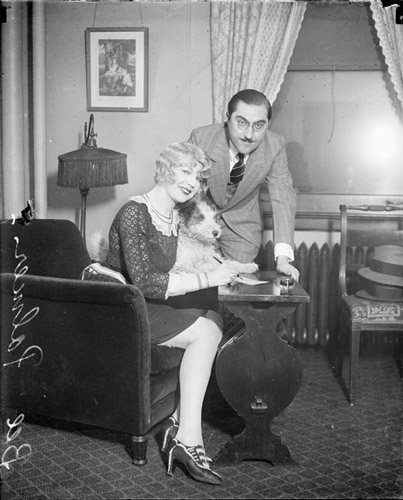
Chicago Daily News negatives collection,
1928, DN-0003451
Courtesy of the Chicago Historical Society
The Party Girl
Bee was a well-known “good-time girl” of the 1920’s. A striking five-feet-six-inches tall blonde, her beauty and risqué on-stage presence made her a most desirous target of men who set eyes upon her. Some accused her of “sleeping her way to the top”. Indeed when Miss Palmer performed her act on the Orpheum Circuits in the Midwest she sent local educators scrambling to rid the town of her.
Affinity for Pianists
In 1928 Bee divorces her long-time pianist and husband Al Siegel. Al Siegel married Yvonne Devoe in 1935. In the 1930’s Al Siegel gained further prominence as the voice coach of a young and upcoming star named Ethel Merman. Al Siegel, 82, died July 25, 1981 in Laguna Beach, California. He was survived my his wife, Sophie, three daughters, and three grandchildren.
In December 1933, Bee, now living at the Seneca Hotel in Chicago, marries her now-pianist, 20-year old Jack Fina in Waukegan, Illinois. Jack Fina, born on August 13, 1913, went on to gain later fame as a pianist with the Freddy Martin Orchestra in the 1940’s. Jack’s most notable hit was “Bumble Boogie” in 1946. Jack Fina died May 13, 1970 of a heart attack in Los Angeles, California. He had just returned from the Beverly Hills Hotel’s Persian Room, where he was fronting a quartet. He was survived by his wife, Kitty.
On July 3, 1931 Bee suffers a double fracture of her ankle following an accident in Newark, New Jersey at the home of some friends that Miss Palmer was visiting. The injury forced Bee to cancel her engagement for the Earl Carroll’s “Vanities”. That this point in her life Bee resided at 50 West 72nd Street in Manhattan.
In 1933 Bee could be seen performing at the Casino de Paree in New York. At some point around 1936 Bee Palmer seems to retire from the stage and performing and takes up a new career as a vocal coach - á la Al Siegel - to Martha Raye. Siegel was the vocal coach of Ethel Merman as well as Bee Palmer.
|
|
Marriage to Sonny Taubin
In 1942 Bee Palmer married a young army serviceman Sol (some sources cite “Saul” but known to the immediate family as “Sonny”) Taubin (b. April 3, 1916, d. August 1, 1971, age 55). It was Sonny’s first marriage, Bee’s third. Sol was a much younger man than Bee - he being 26 years old, she 48 - at the time of their marriage. Nothing now unusual for Ms Palmer as witness her previous marriage to a 20-year old Jack Fina. Sonny had enlisted in the army on March 13 before his marriage to Bee sometime in early September of 1942.
Sonny’s sister-in-law Joan Taubin writes about Bee’s influence on Sonny’s younger brother Herb:
My husband Herb, Sonny’s younger brother spoke kindly of Bee. Herb was in his teens when Bee and Sonny were married. Herb was fascinated with her and had an interest in show business at a young age. Bee nurtured his singing voice, gave him lessons in presentation, projecting, etc. She encouraged Herb to participate in a talent contest which he did. I can’t remember whether he won or even placed but it would be the beginning of a long and successful secondary career for him. He did record pantomime (Al Jolson, Phil Harris, etc.) and comedy master of ceremony. He was quite good and worked the central Midwest area for most of his life under the name of Herb Sheldon. Herb had an excellent singing voice and sounded very much like Frank Sinatra. He would later become a charity auctioneer, raising multi-millions of dollars for a long list of charities. I say all of this not to embellish on Herb’s career but rather to say that even though the marriage between Sonny and Bee didn’t last, their relationship influenced and had a lasting impression on a young man.
On July 06, 1951 Beatrice Taubin filed a “Suit for Separate Maintenance” from Sonny in Jackson County (Kansas City), Missouri.
The Later Years
In 1956 Walter Winchell’s October 17th newspaper column makes mention of an upcoming film production of the life and torrid romance of Bee Palmer and former husband Al Siegel. While a script was written the film apparently never got off the ground and was probably abandoned for whatever reason. The script was titled “You Made Me Love You (The Bee Palmer Story)” and written by Leo Katcher (Katcher was nominated for a 1956 Academy Award in the “Best Story” category for his “The Eddy Duchin Story”).
Information on Bee Palmer last years is sketchy at best. According to her Variety obituary in 1967 Bee Palmer made notoriety once again when she fell into a midtown New York building excavation while she was feeding stray cats. Animal lovers flooded Roosevelt Hospital where Bee was staying with fan mail after The Fitzgeralds, known for their work in animal humane activities publicized on WOR the happenstance of Miss Palmer’s hospitalization. It was said that former President Harry S. Truman visited Bee Palmer at Roosevelt Hospital after her fall.
Bee Palmer died on December 22, 1967 in New York’s Frances Delafield Hospital in Medical Center (Columbia University) of [reportedly] cancer. She was 73 years old. She was survived by a niece and a nephew from Chicago. Bee was unaware of the cancer. Her death was kept quiet for some unknown family reason. Bee’s passing was revealed in Variety’s February 14, 1968 edition. She was registered in Ward 4-East at the Medical Center Hospital as Mrs. Bee Palmer Taubin (she was actually divorced at the time of her death). According to the obituary: Nurses and hospital workers couldn’t believe her septuagenarian statistics, all remarking generally that “she had the body of a young woman.”
Her remains were transported back to Chicago, the place of her beginnings. Burial took place on December 28, 1967 at Cedar Park Cemetery, Calumet Park. Bee was buried beside her mother Anna and father Charles Palmer. See
“Finding Bee Palmer” below.
Click on photo to see “Finding Bee Palmer”

Bee Palmer Headstone
Editor’s Note
If anyone reading this has facts surrounding Bee Palmer’s later years, please do not hesitate to
email me.
|
|
Victor Test Recordings
From 1918 to 1928 Bee Palmer made six unissued test recordings for the Victor Talking Machine Company. This information can be found on the
Victor Discography web site with data taken from the Victor ledgers. The Victor test recording data is shown below.
|
Matrix No. |
Recording Date |
Title |
Personnel |
| [Trial 1918-05-15-02] |
5/15/1918 |
When Alexander Takes His Ragtime Band
To France |
Bee Palmer
Mr. C. Coolidge, piano |
| [Trial 1919-01-13-01] |
1/13/1919 |
After You’ve Gone |
Bee Palmer
Ted Eastwood, piano |
| [Trial 1919-01-13-02] |
1/13/1919 |
I’m The Jazz Baby |
Bee Palmer
Ted Eastwood, piano |
| [Trial 1925-07-14-01] |
7/14/1925 |
I’ll See You In My Dreams |
Bee Palmer
with violin and piano |
| [Trial 1925-07-14-02] |
7/14/1925 |
Sweet Georgia Brown |
Bee Palmer
with violin and piano |
| [Trial 1928-05-10-01] |
5/10/1928 |
I’m Coming, Virginia |
Bee Palmer
vocal solo |
|
Arcadia LP
Bee Palmer does appear on a 1983 Arcadia 2014 LP from the International Association of Jazz Record Collectors (I.A.J.R.C.). The two titles on the LP are “I Gotta Right to Sing the Blues” (included in the above MP3 playlist) and an “unknown” title. Both titles are credited to Bee Palmer (v) and David Rose (piano) and are apparently rehearsal recordings in Chicago c.1932. [Thanks to Ate van Delden of the Netherlands for this information and to John Leifert for finding the orignal test pressings].
Bee Palmer’s Test and Private Recordings
Sometime around 1932 or 1933 Bee Palmer recorded a Brunswick test and a few personal records in a Chicago studio. The results of these sessions are shown below - a 12-inch Brunswick shellac test record and
two 10-inch aluminum private records. The Chicago studio for the aluminum records was most likely the Speak-O-Phone studios in the Lyon and Healey Building.
The pianist on these recordings was a young, 23-year old David Rose who later went on to become a bandleader and composer (“The Stripper”, 1962) in his own right.
The aluminum discs contain the following recordings by Miss Palmer with David Rose:
- I’ve Gotta Right To Sing The Blues & Body And Soul
- Please Don’t Talk About Me When I’m Gone (both sides)
The I’ve Gotta Right To Sing The Blues side is the best of the alumnium lot when Bee is “on mike” here. This side can be heard on the music player above.
Please Don’t Talk About Me When I’m Gone is recorded on both sides of the second aluminum disc. One side is mostly David Rose with Bee humming around. The other side has the same song
with Bee so far off mike that she is practically a rumor! (to quote record collector John Leifert).
The 12-inch shellac disc has a special art deco Brunswick black and red “test” label. It is believed to be a Chicago-only label. Handwritten on the label is “Body & Soul, Bee Palmer, Dave Rose, 2067”.
The other side is blank.
|
|
The Risqué Bee
A Most Curious 1926 Photo Session at Mitchell Studios, New York
|
|
Acknowledgement
Special thanks to David McCain for his research assistance in
making the Bee Palmer web page possible. And thanks go to Sue Fischer for sharing her Bee Palmer research.
And many thanks to Bee Palmer sister-in-law Joan Taubin for filling in the blanks on Bee’s marriage to and the photo of Sonny Taubin.
|
|
Click on each image
for a larger view
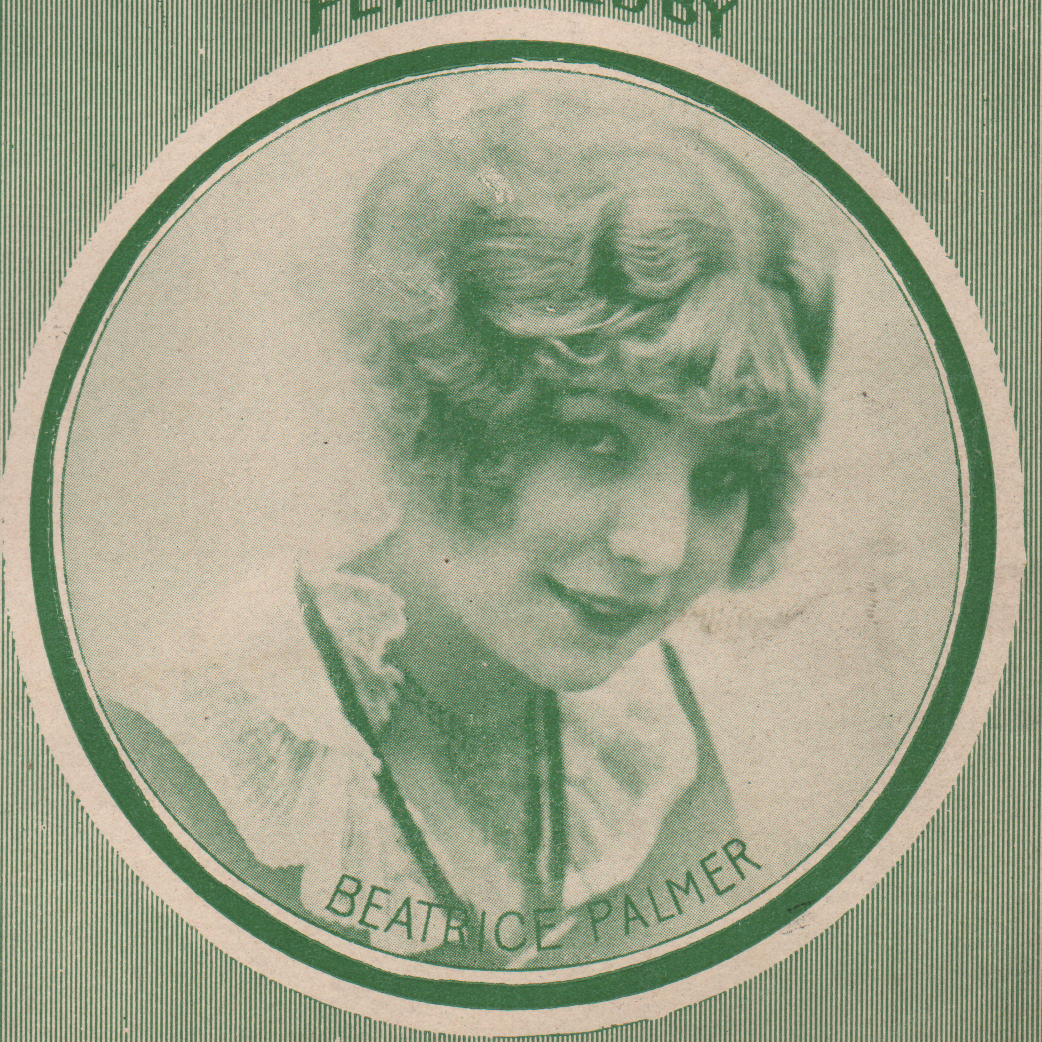
Early Photo (1916)
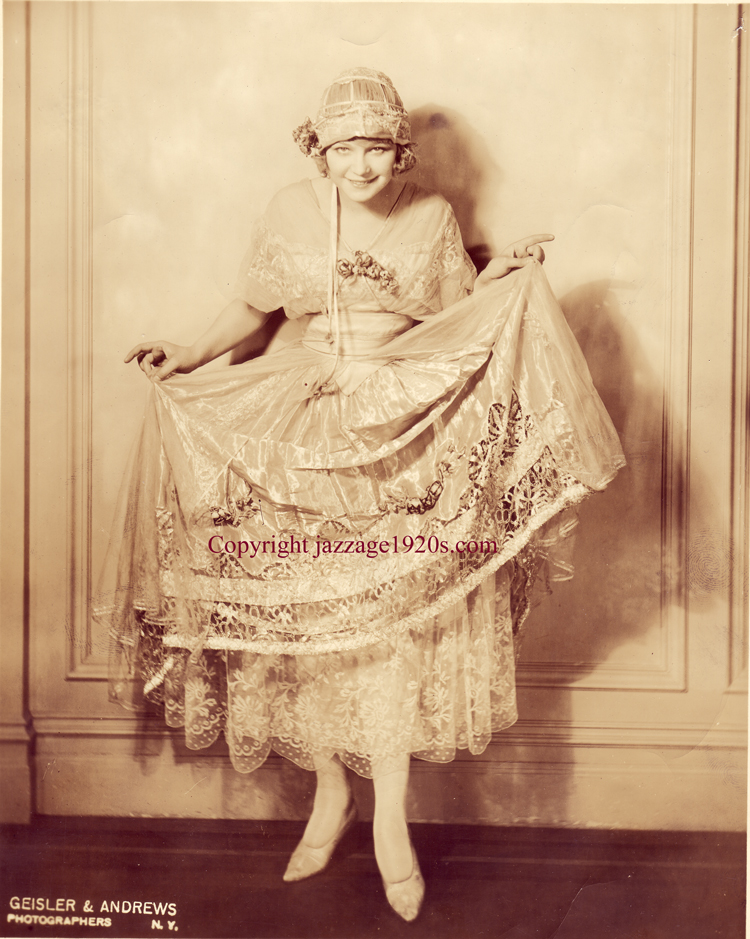
Midnight Frolic (1918)
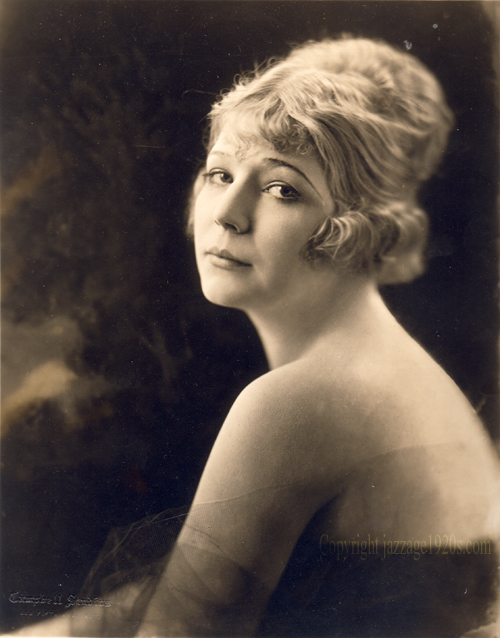
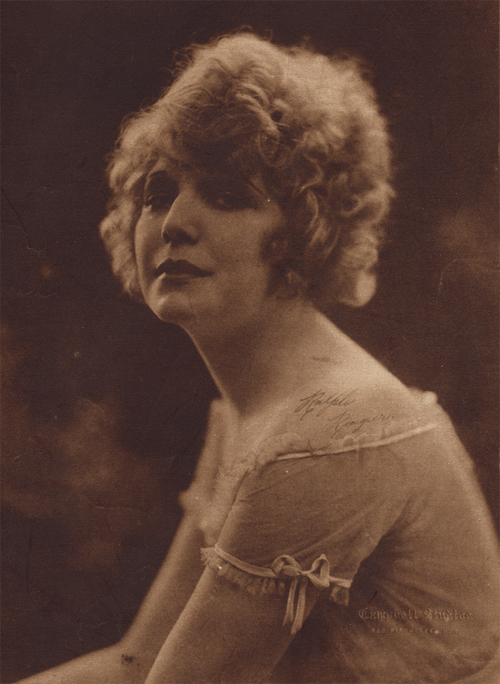
1918
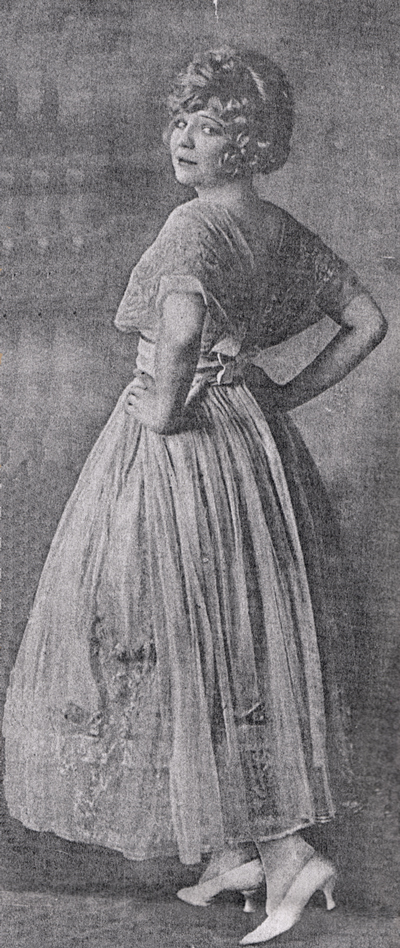
1918 Photo
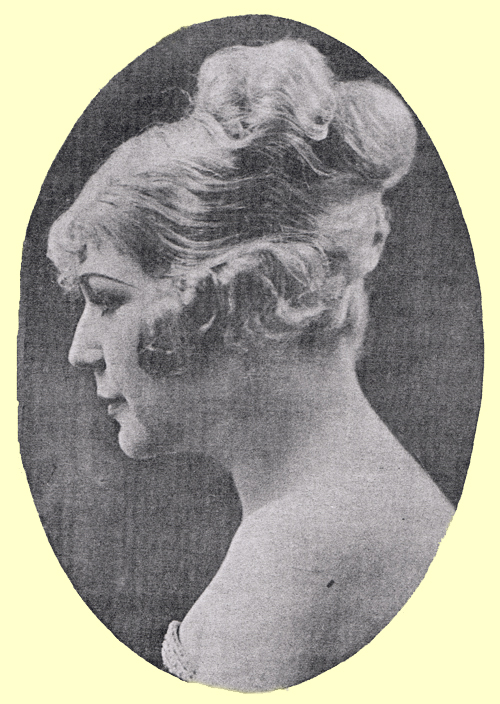
1919
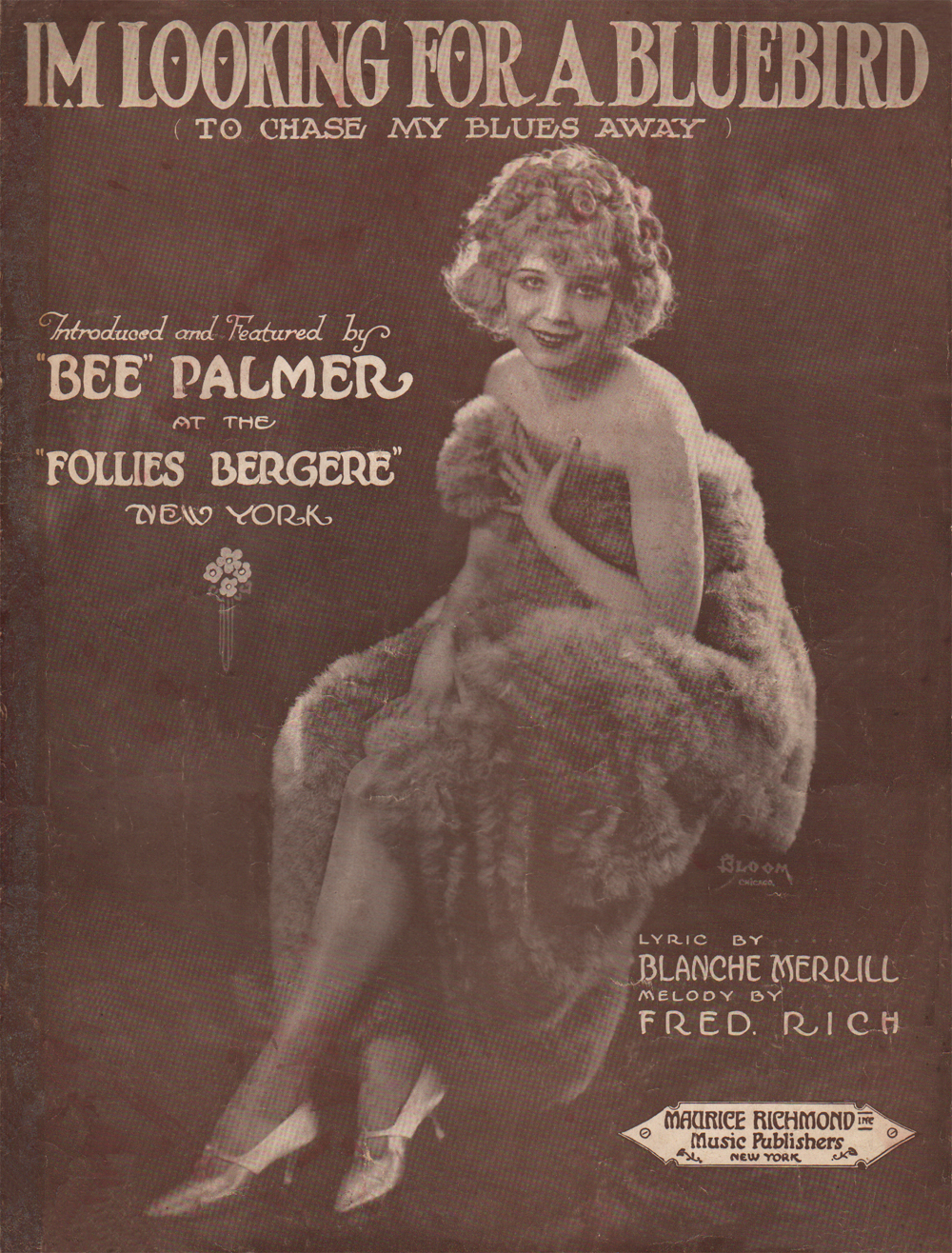
1921
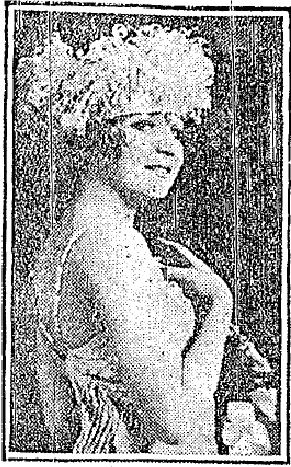
1921
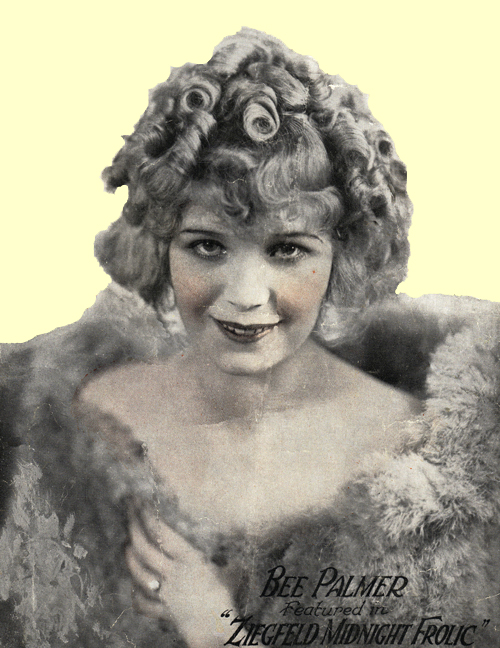

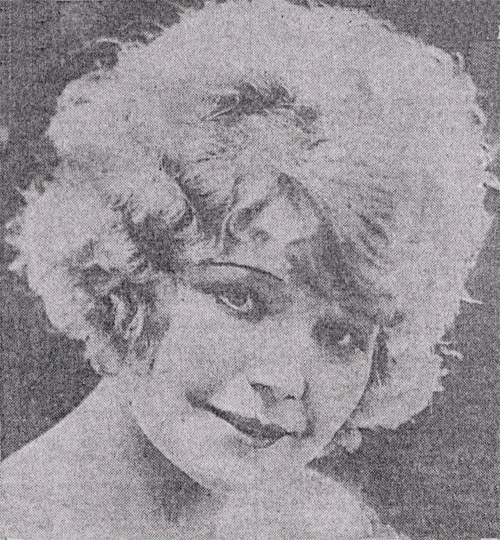
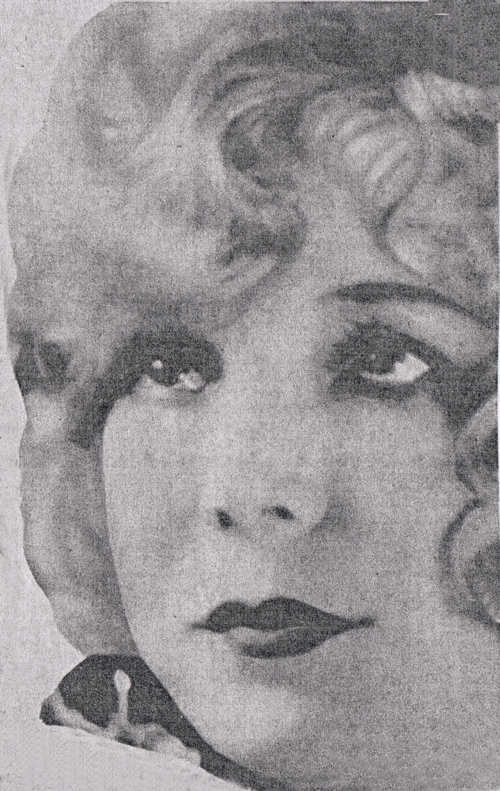
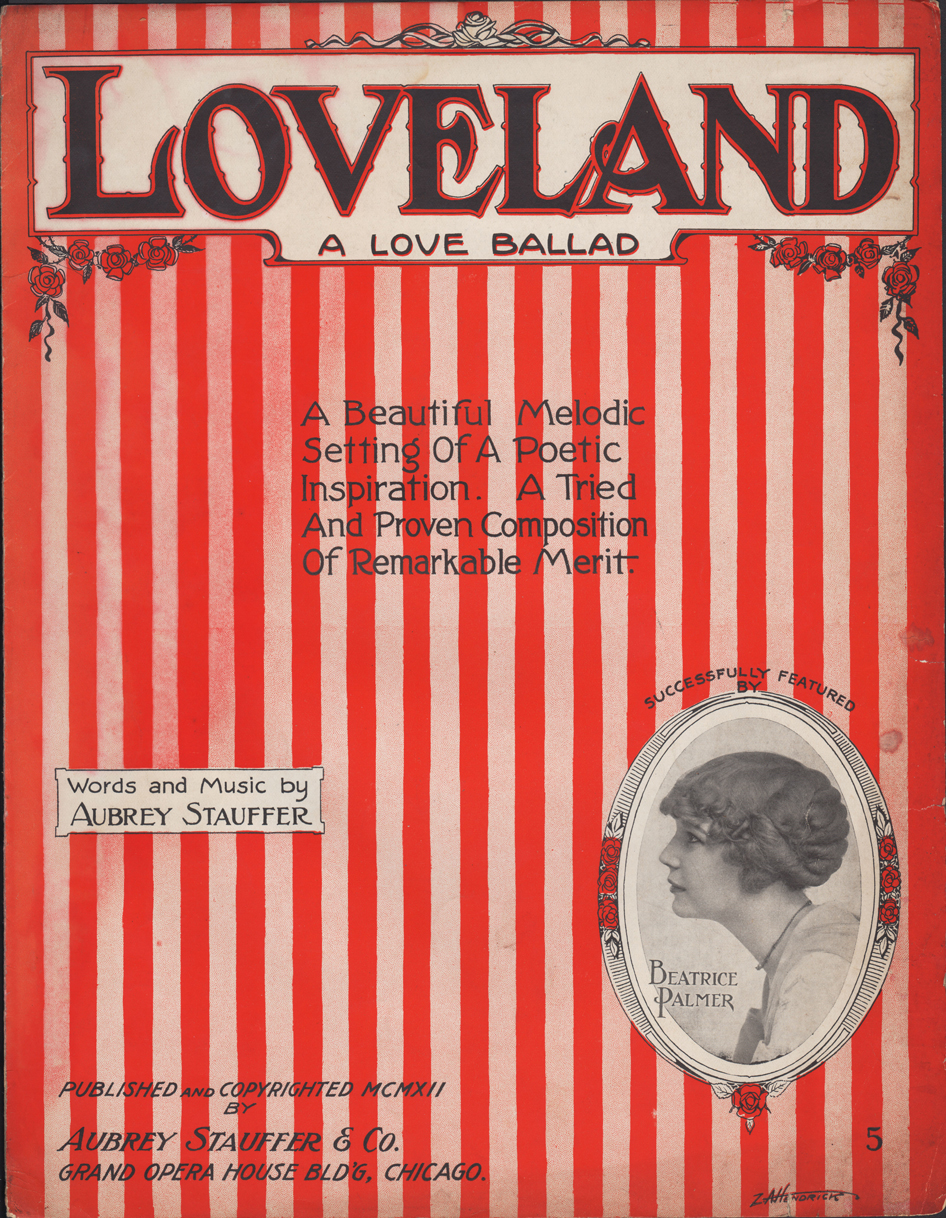
1912
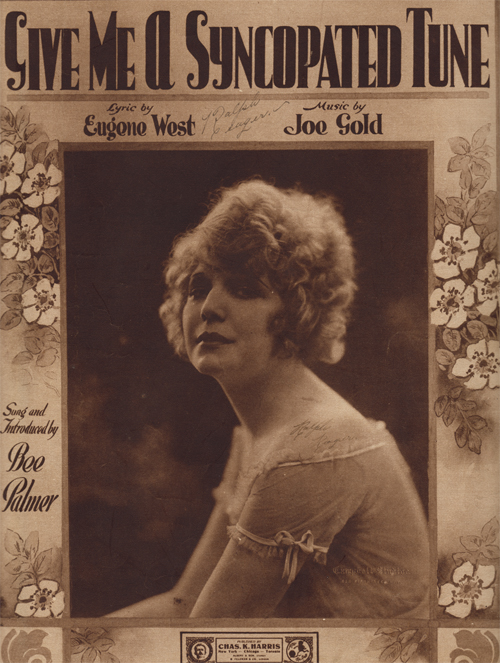
1918
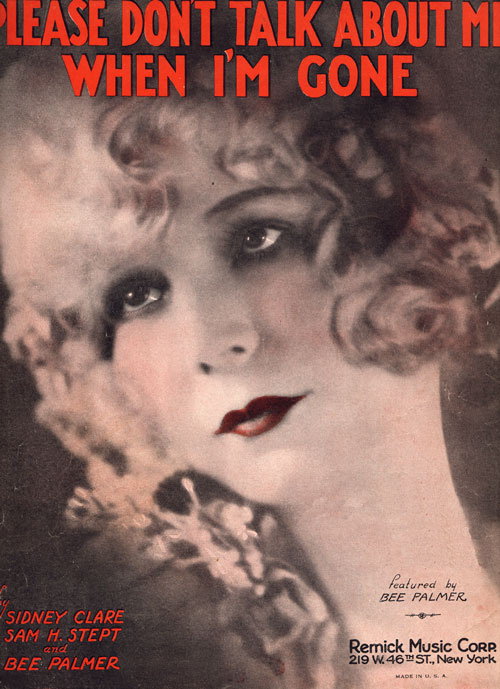
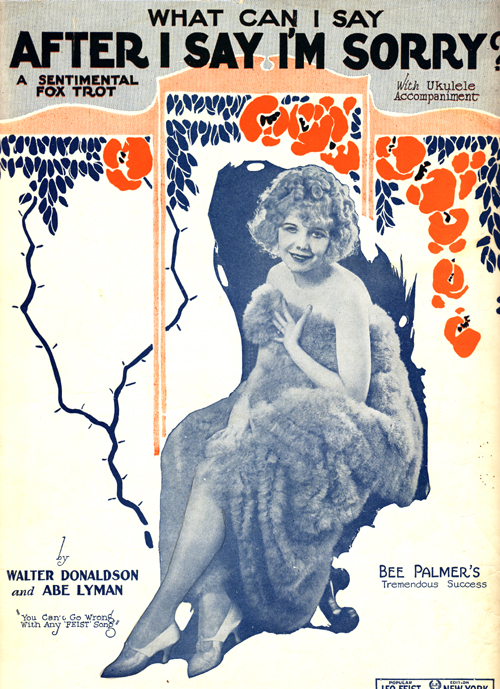
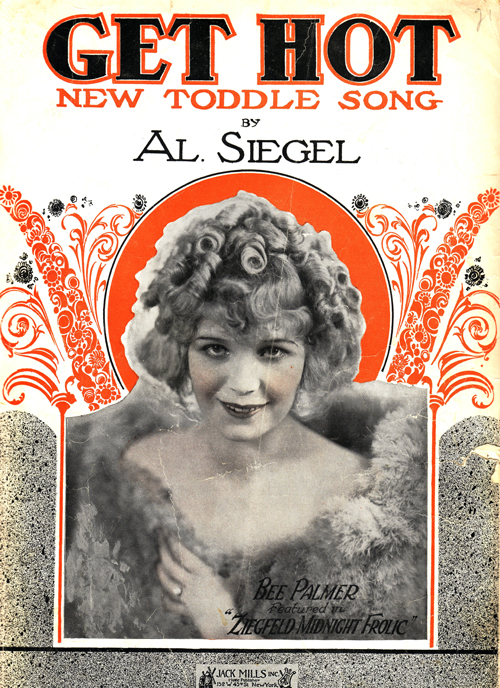
1921 (written by
husband Al Siegel)

1928
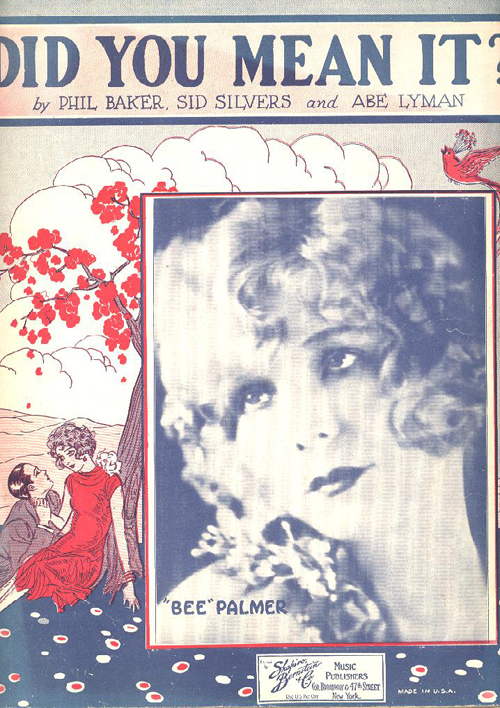
1928
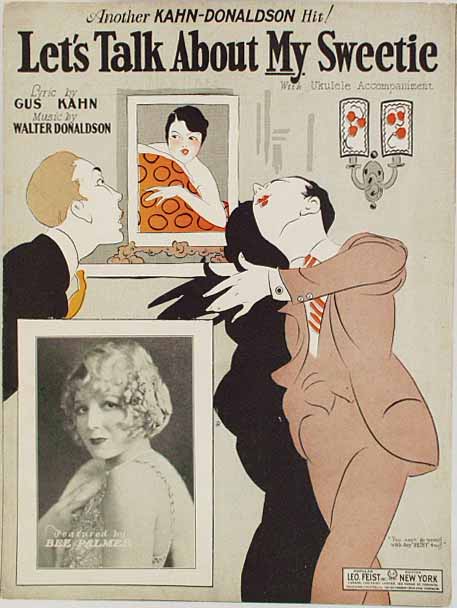
1926

1928 Ad

“Fake?? Nude”
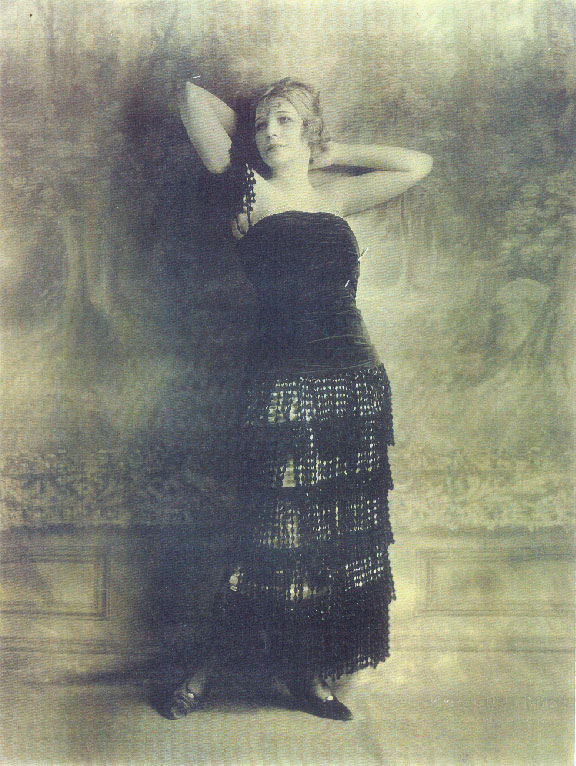
(Courtsey of
Albert Haim)

Husband Al Siegel
in the 1940’s
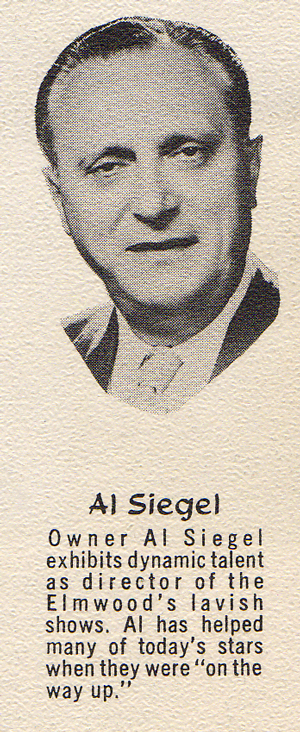
Al Siegel
1958
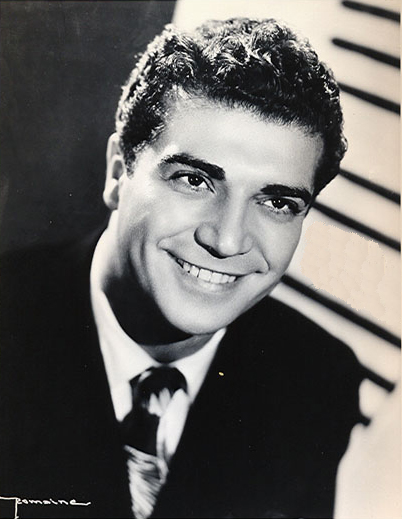
Second husband
Jack Fina
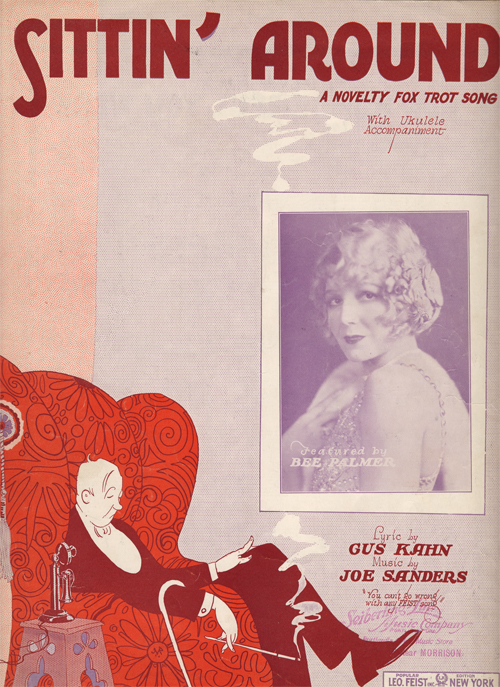
1926
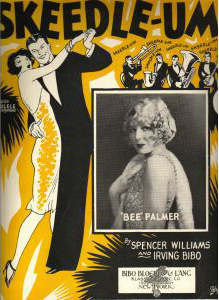
1926
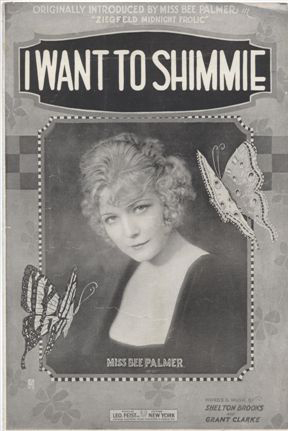
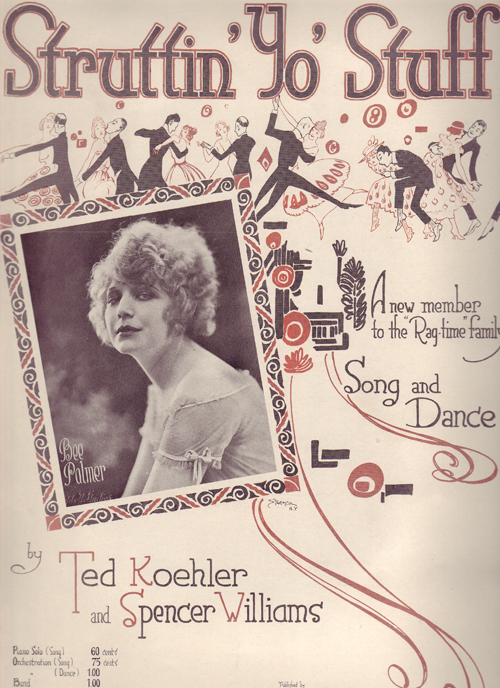
1920

1926

1916
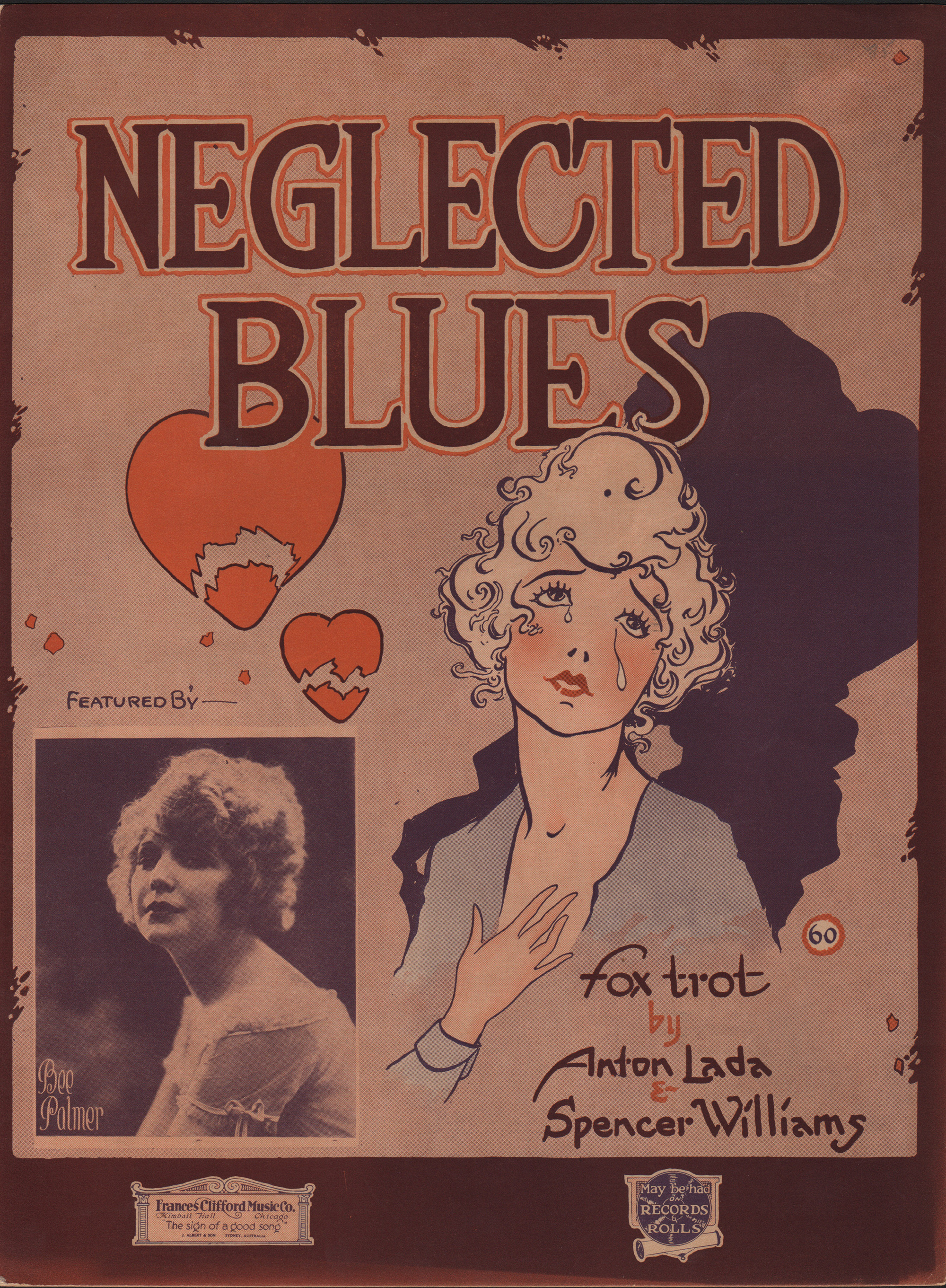
Spencer Williams’
Neglected Blues
1921
|
